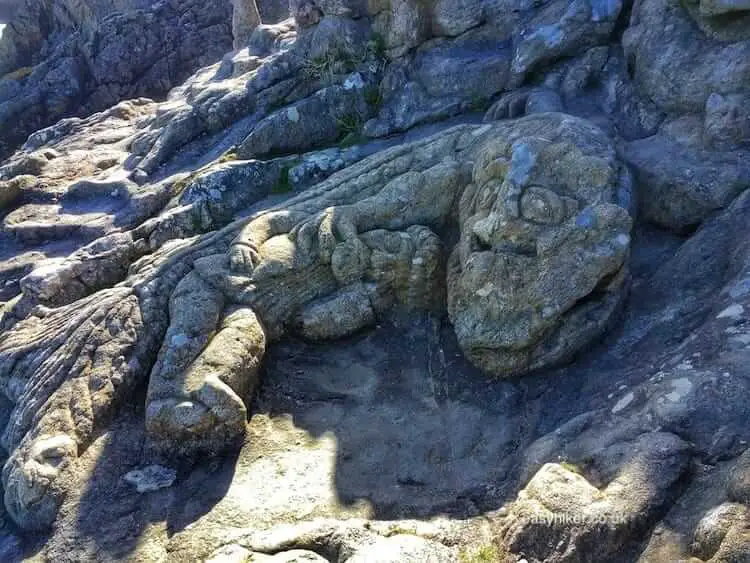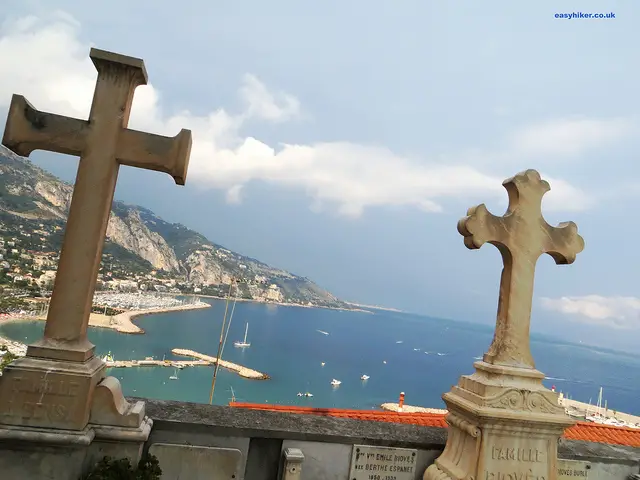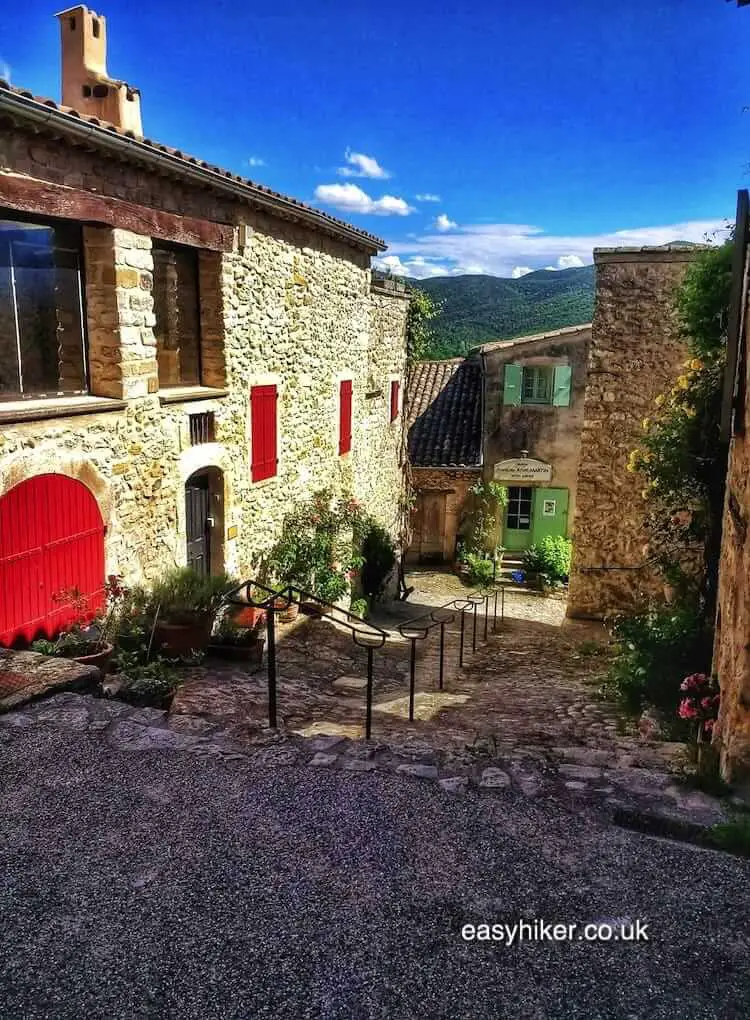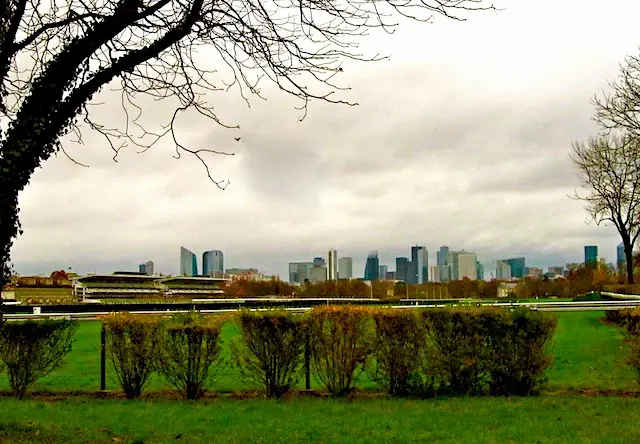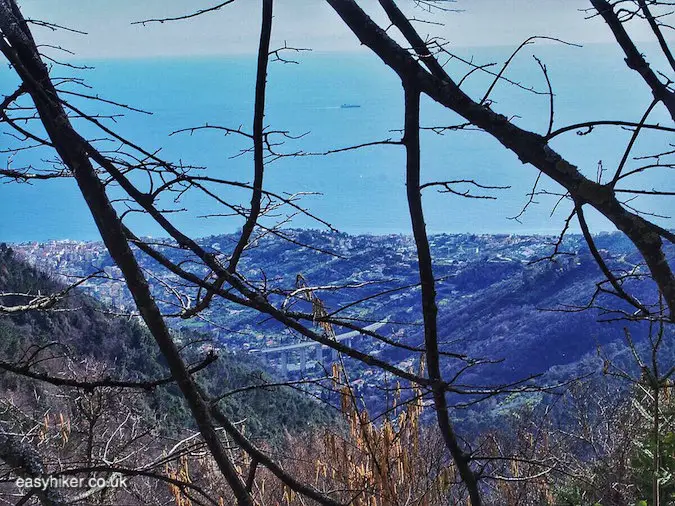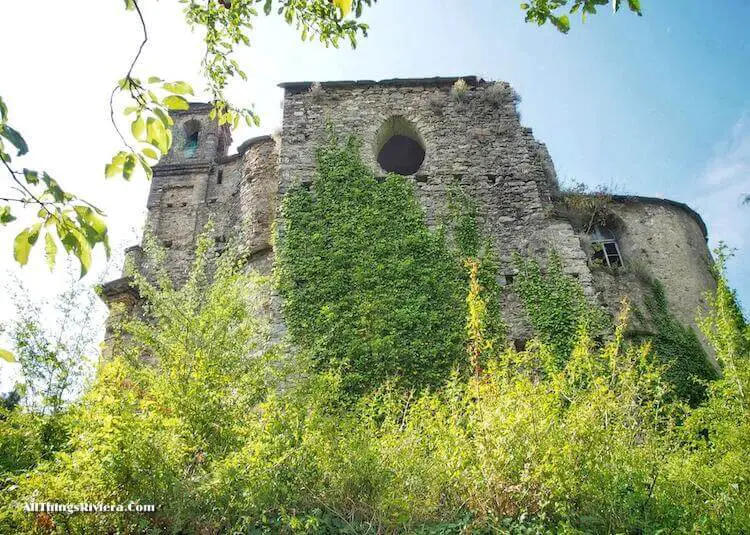Having explored the Brittany coast to the west of Saint Malo for last week’s hike, we will today turn in the opposite direction.
But although the landscape around Rothéneuf – the starting point for today’s exploration of the GR34 coastal path – may look familiar with its mix of dramatic scenery …
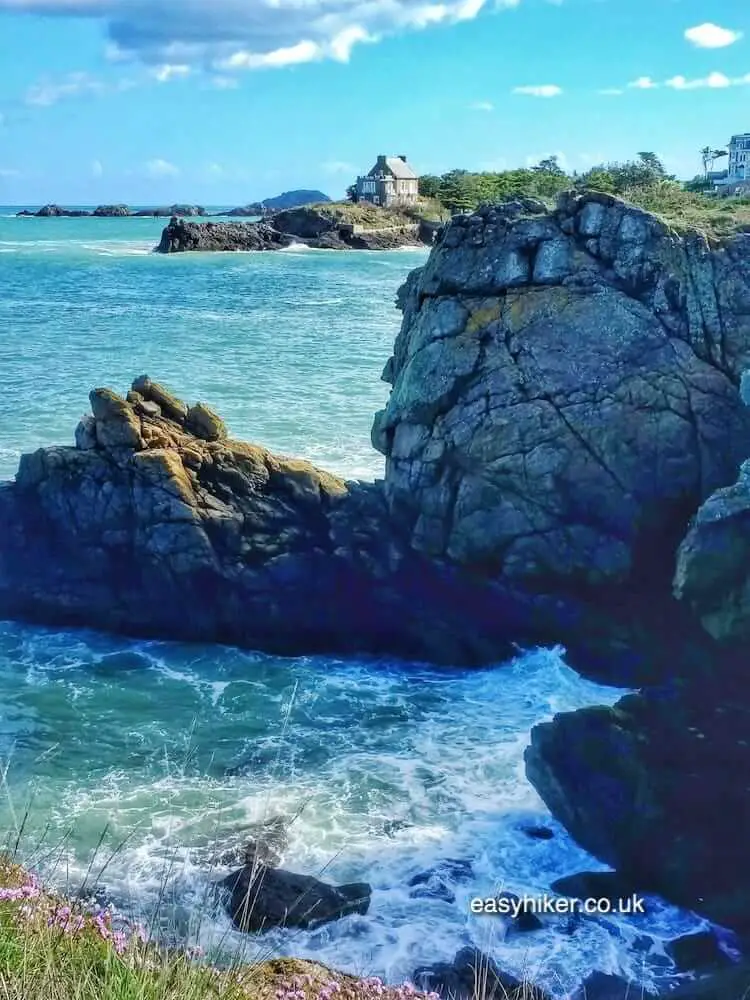
… and more tranquil passages, …
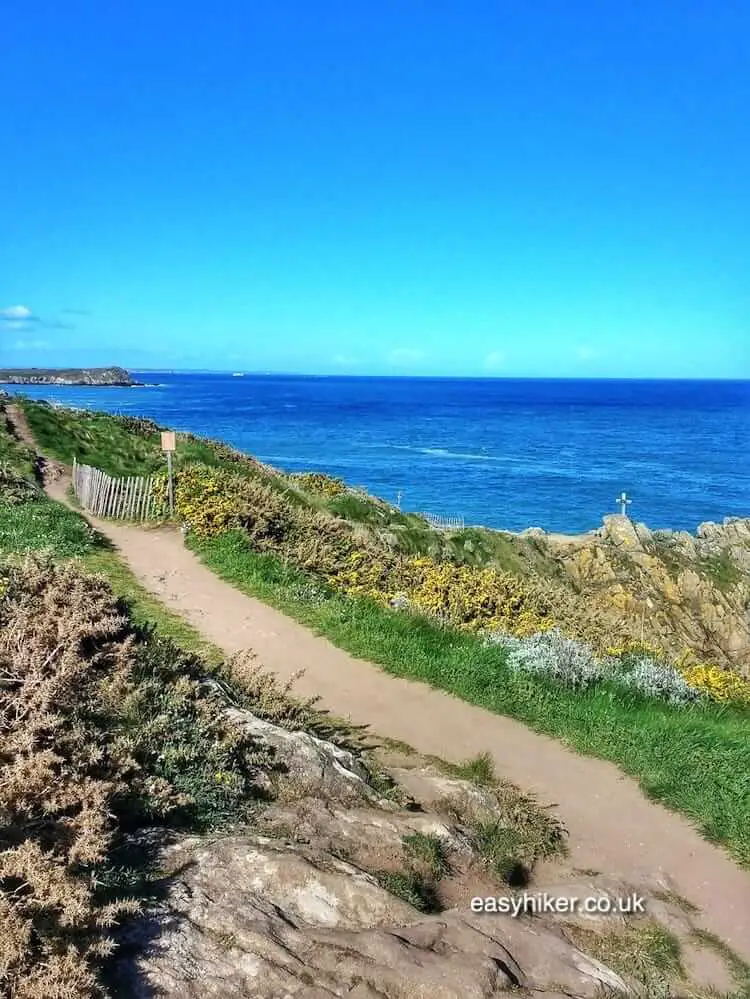
… this section of the trail has a few surprises in store for you.
Above all, you will encounter a unique world of human and animal shapes that seems to grow out of the rocky coastline – ensuring that, on this stretch of the trail, you will encounter something that you will certainly not be able to see anywhere else in Brittany.
Magical Brittany
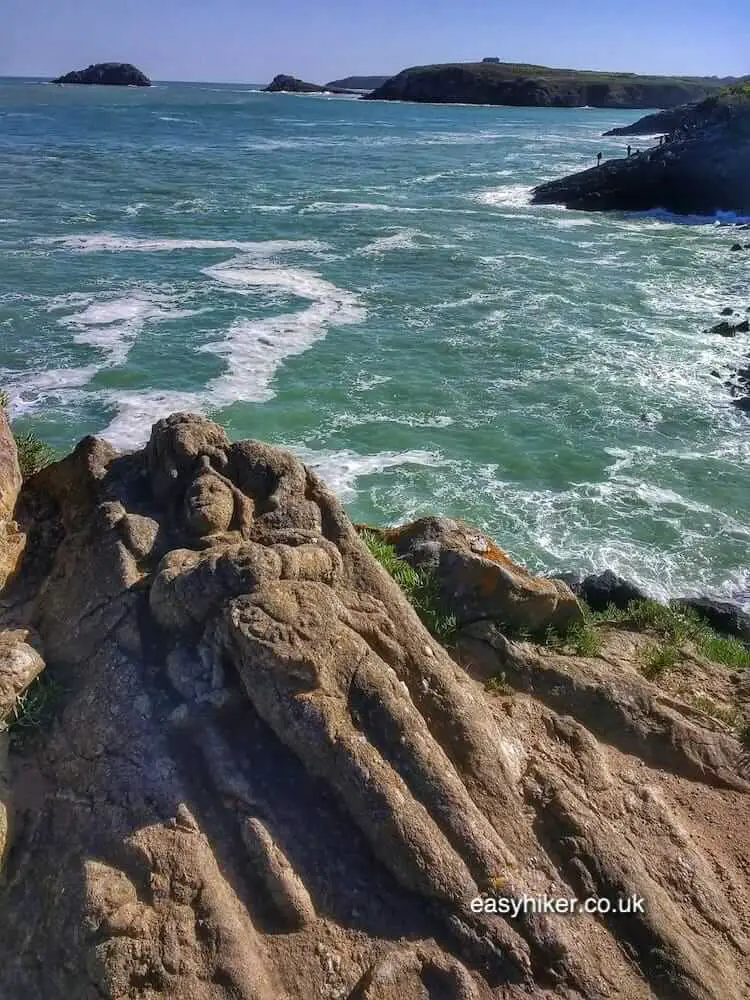
This is not the only difference between last week’s hike and today’s. The trail from Dinard to La Fourberie – and beyond to Briac – runs parallel to a well-serviced bus route, which means that you can stop and start wherever you want.
For example, you may set off from Dinard and walk until you are tired, always safe in the knowledge that you are only ever 500 metres away from the main road and a comfortable ride back.
Today’s walk, conversely, takes you around the Minihic peninsula for a distance of no more than (approx.) 5 km, but once you have started the loop, there is no way of cutting it short.
Take bus line no. 6 (every 30 minutes from the Saint Malo coach station – named Intramuros – next to the Central Tourism Office) to Rotheneuf Centre. Then follow Rue Abbé Fouré to the GR34 and turn left.
Most of the trail runs on a ridge above the coast line, guaranteeing that you will get plenty of scenic views of rocks and cliffs.
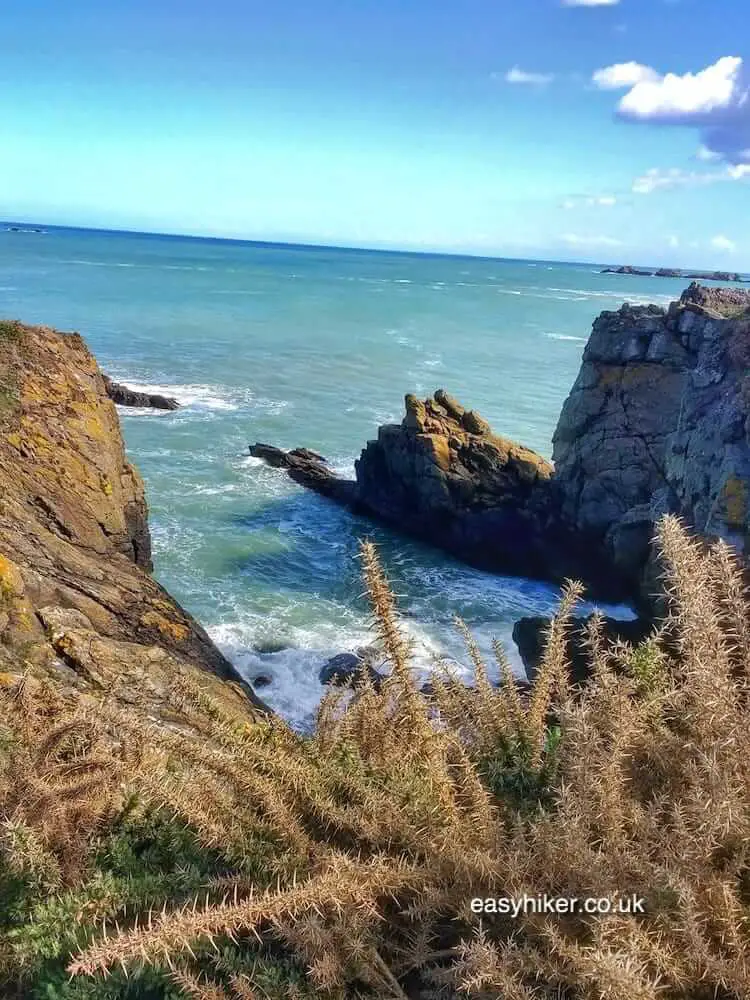
At times, you are invited to walk down to the beach front …
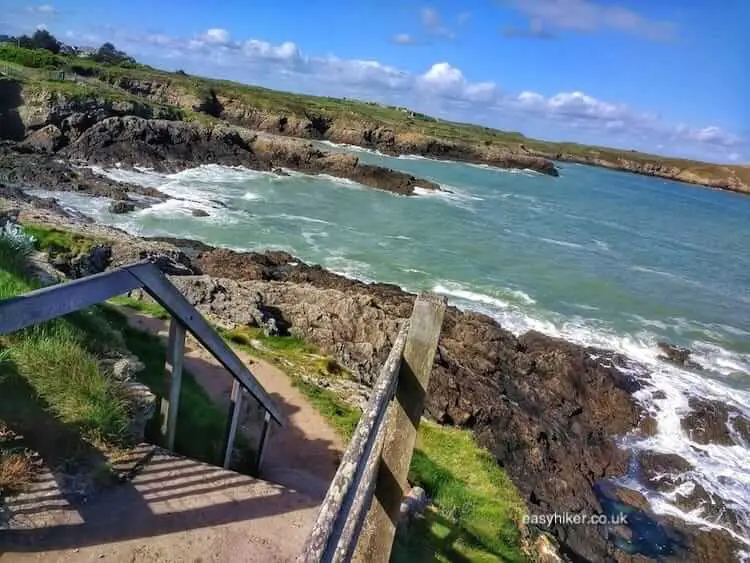
… where you can experience the coast at its most basic level, the Ground Zero of Brittany.
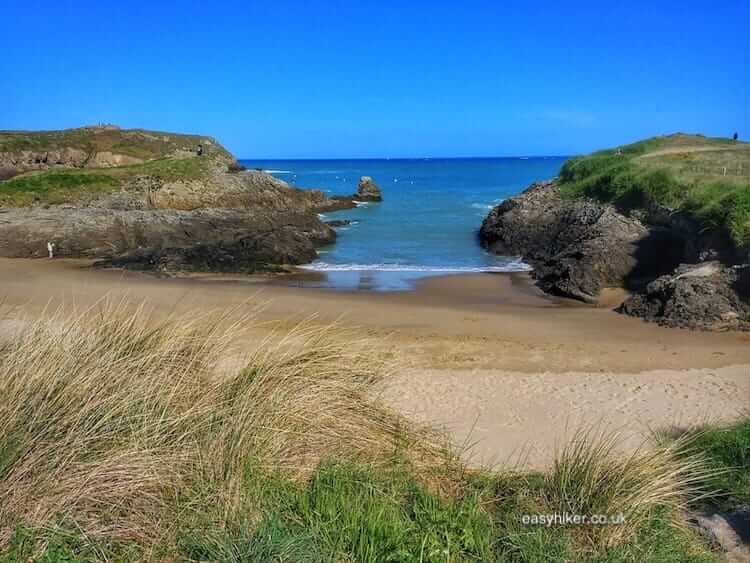
For a stretch towards the end, the path takes you through a flat stretch where you find yourself separated from the sea for a while, alone with the grass and the wind.
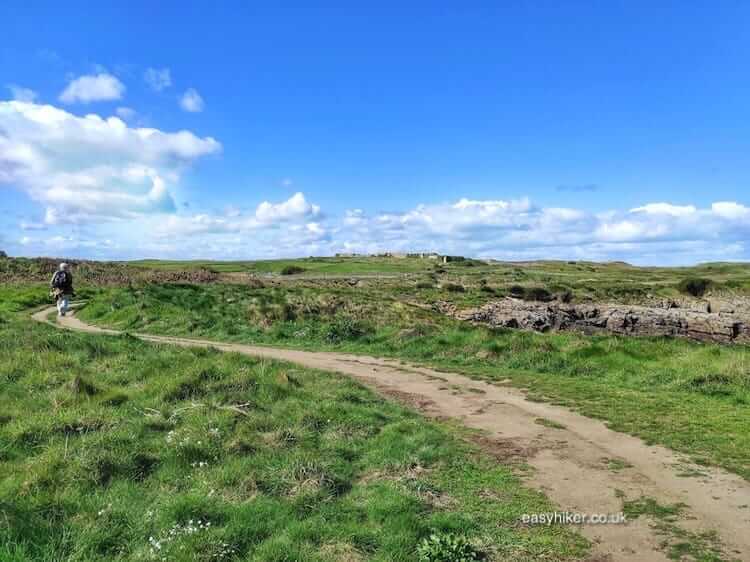
This is partly because there is no public access to the grounds of Vauban’s Fort de la Varde. This fortress was constructed in 1695 following an ultimately unsuccessful Anglo-Dutch attack on Saint Malo, but Louis XIV nevertheless felt that the French had to do more to defend their northern coast against any renewed attempt by the “Grand Alliance”. (This was the so-called Nine Years’ War, a sort of France vs. the Rest-Of-The-World.)
As late as 1942, the Fort de la Varde was used – after some modifications – as part of the German defensive fortifications against the allied invasion of France. It was destroyed by an American bomb attack and never restored. Plans to rebuild the Fort as a museum have so far not come to fruition.
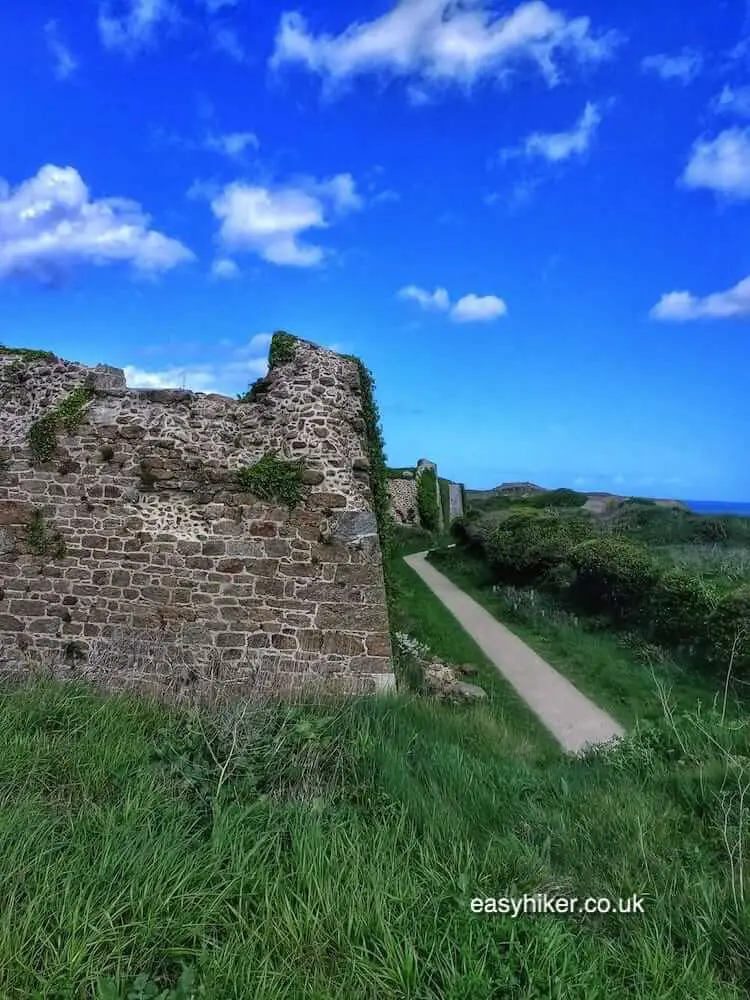
Soon after you have left the fort behind, the village of Rothéneuf will come into view, …

… and after a short walk on The Great Wall of Rothéneuf …
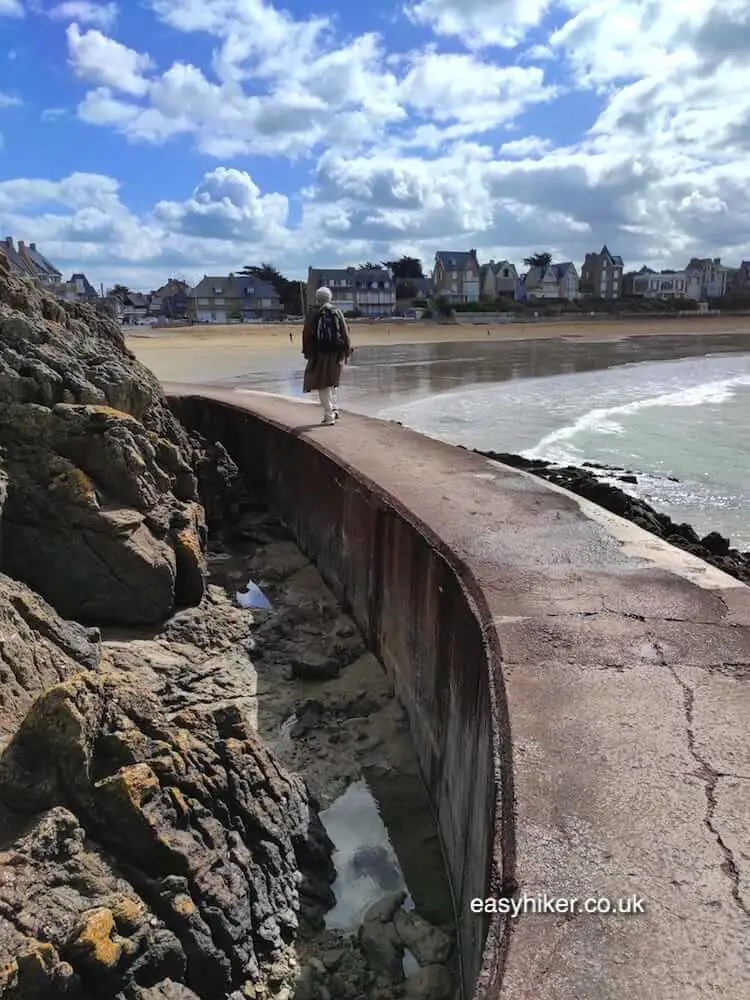
… you will be only one block away from the main road.
Take Rue de la Grève to the Boulevard de Rothéneuf from where you can catch a no. 6 bus to either Dinard or St Malo. (The bus stop is approx. 100 metres on your right hand side.)
The Boulevard itself may look familiar: you will have passed here on the way in (on the bus) and are, in fact, only a few hundred metres away from where you started the walk – and where you will have stumbled upon what is without a doubt the most spectacular feature of today’s trail in magical Brittany.
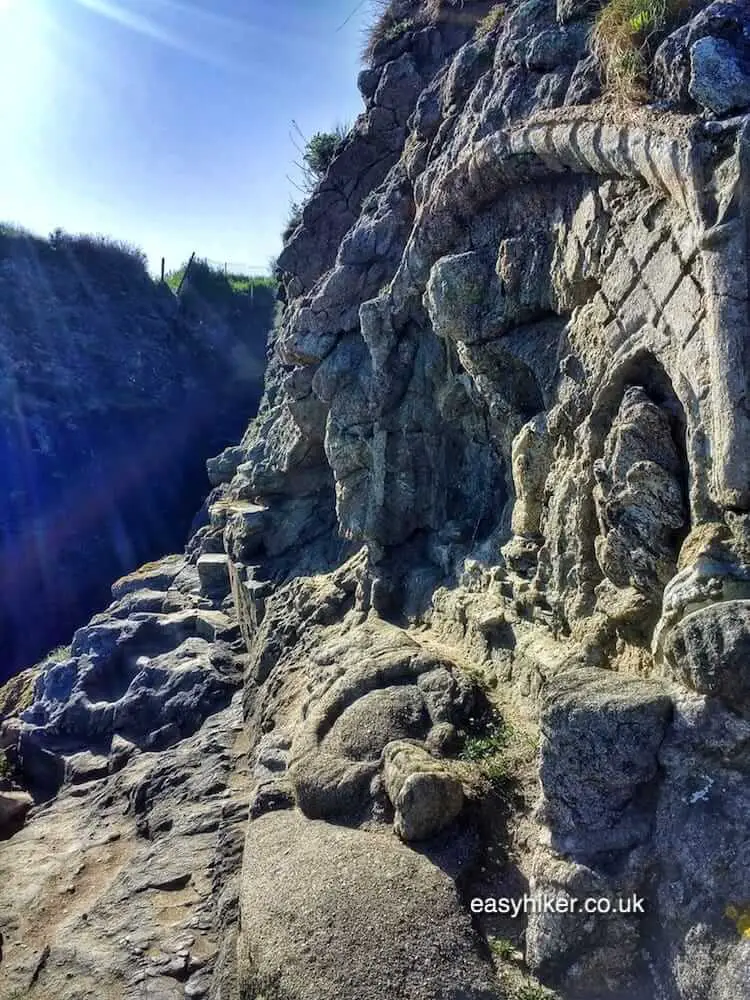
On a coastal rock just outside Rothéneuf, you will find one of the most famous works of Outsider Art anywhere in Europe. It was here where the Abbé Fouré carved some 300 statues and reliefs into the coastal granite, creating a magical world of contorted bodies, grimacing faces and mythical animals.
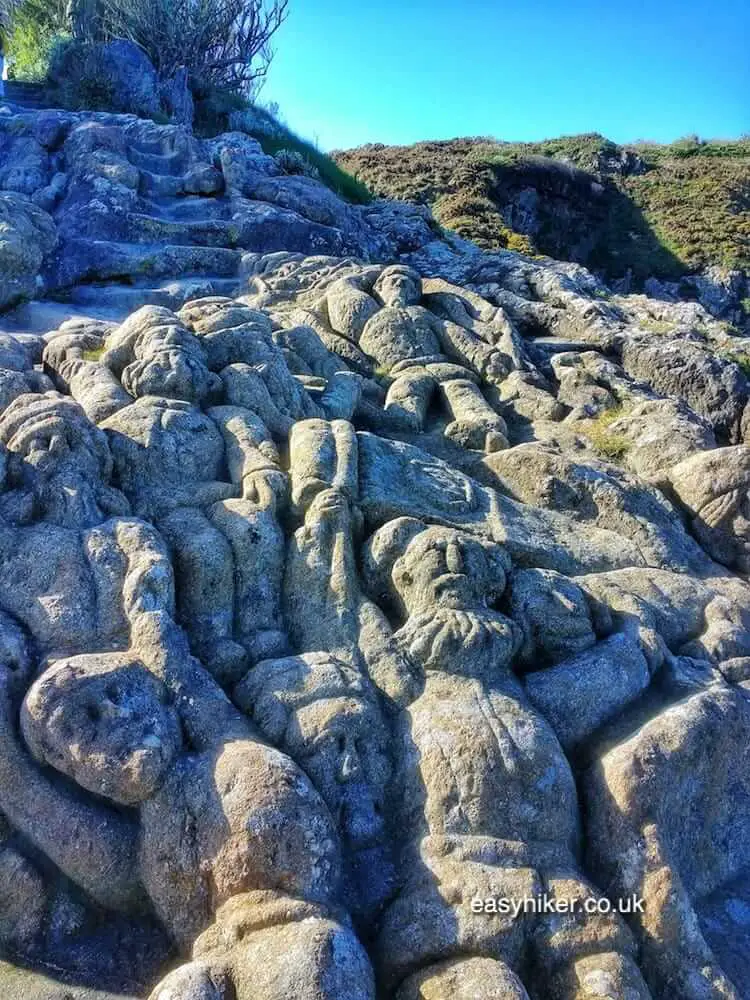
The Abbé had served as a parish priest in different small towns within the area for over 30 years when, in 1894, he suffered a stroke that affected his speech and turned him virtually deaf. He withdrew to a coastal hut where he led the life of a pious hermit.
Here he produced his carvings restlessly for 13 years, sometimes following outlines that were suggested to him by the traces of coastal erosion, and sometimes following his imagination to create free-standing statues that appear to stand guard over their more earthbound brethren.
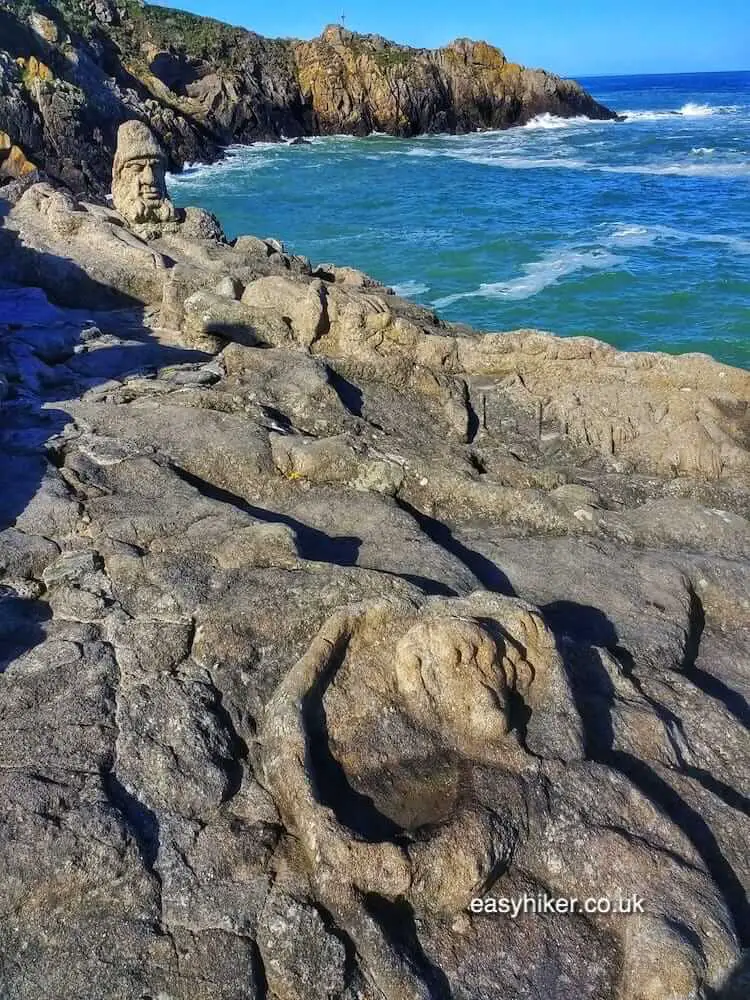
Over the last 100 years, the Sculpted Rocks of Rothéneuf have become a showcase example of “Art Brut”, as the French call it, attracting close to 100,000 visitors per year – not least because they are the only such oeuvre in the country that blends in with such spectacular natural surroundings.
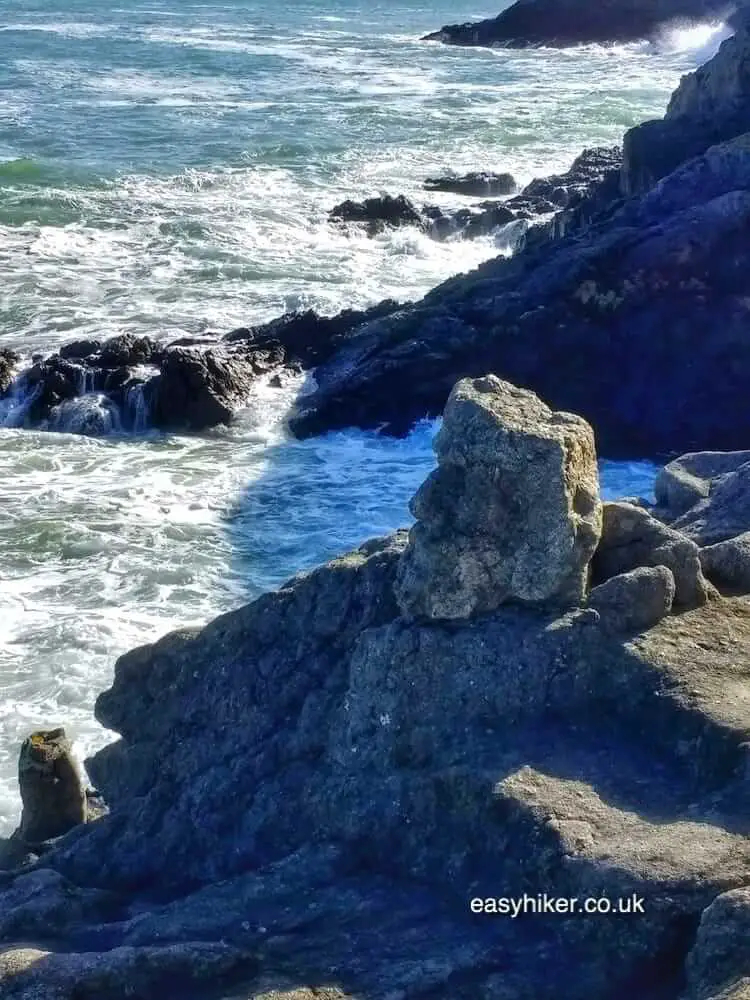
The Sculpted Rocks of magical Brittany should be your first stop on the hike: just follow the road signs from Rothéneuf Centre to the Rochers Sculptés – the rocks stand right on the trail.
Following your visit, you can join the GR34 by turning right immediately behind the car park when leaving the site.
To stroll around on the rock, you will need to wear solid shoes as the surface can get slippery. We also suggest you come early (they open at 10 am) – to avoid the mid-morning rush but also because, outside of the summer months, the site closes for a two-hour lunch break from 12 to 2.
This, at any rate, is not an experience you will want to miss.
